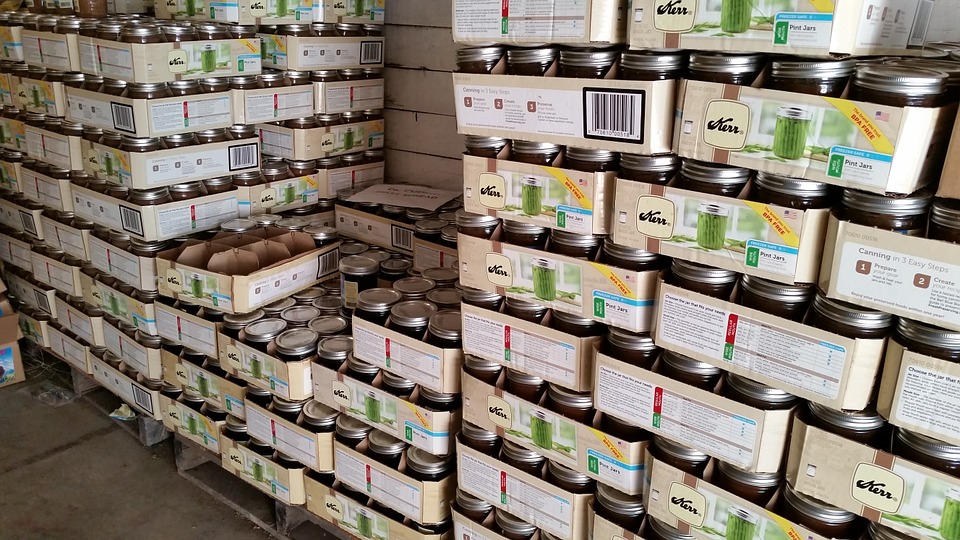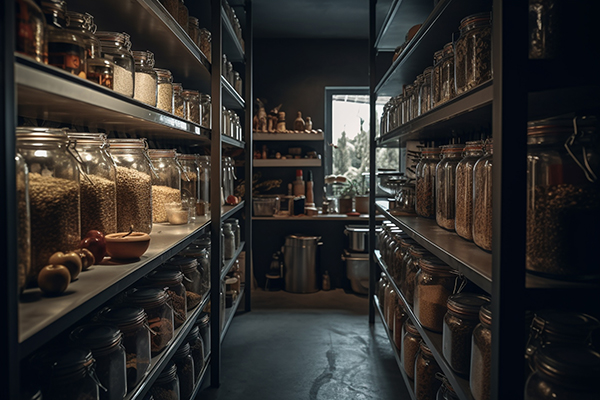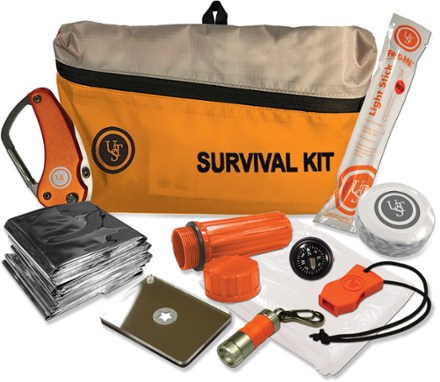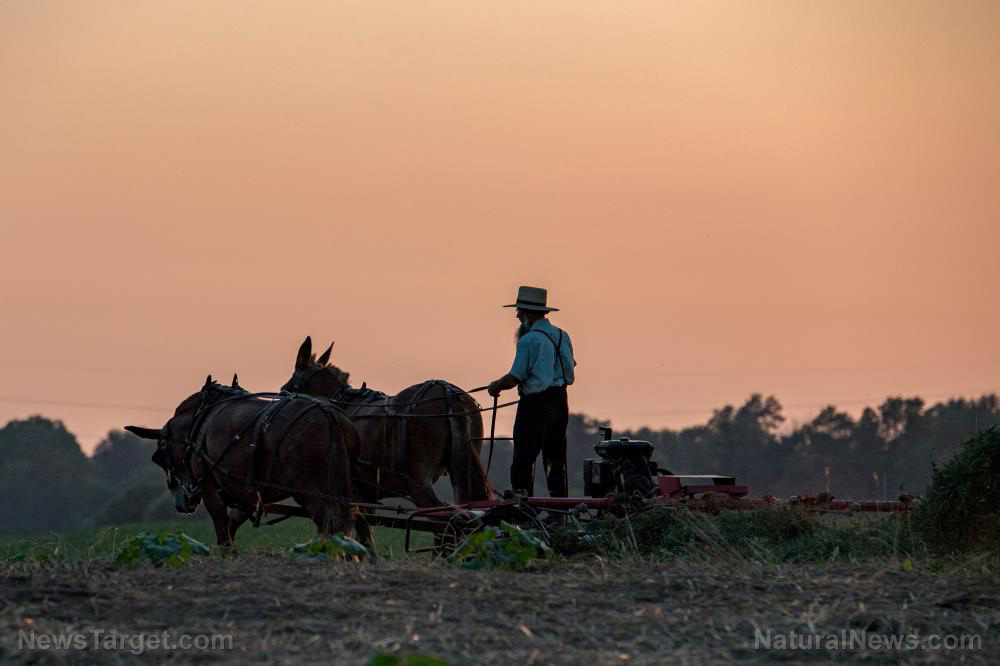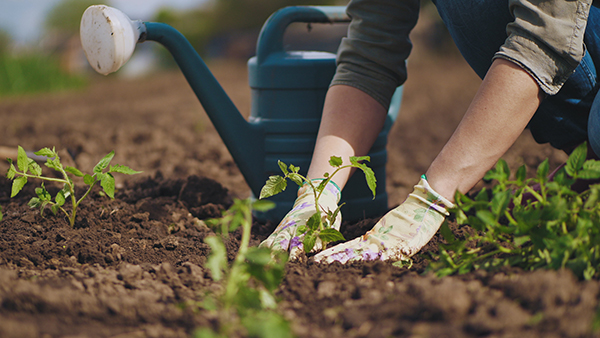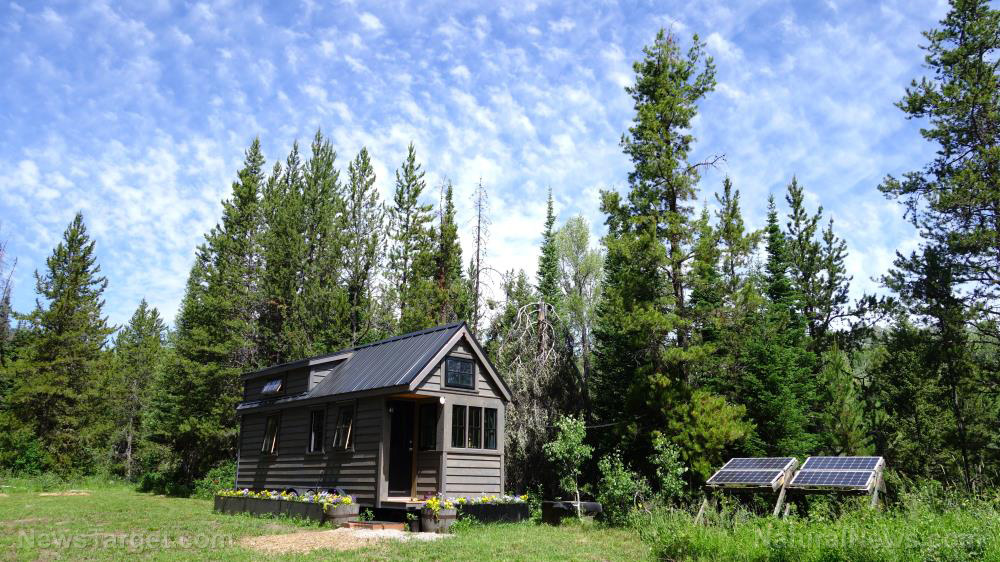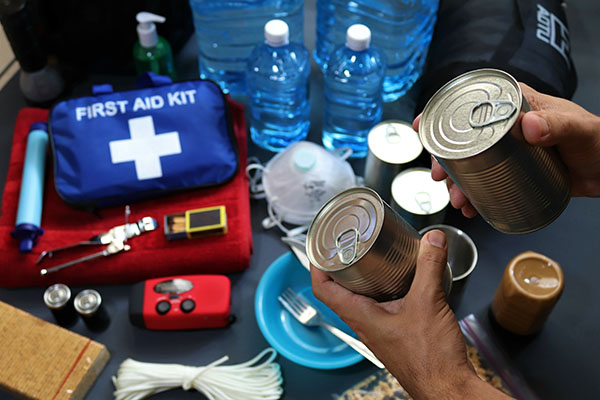Essential survival fuel: Freeze-dried organic kale packed with nutrients
04/02/2024 / By HRS Editors

If you’re new to prepping and survival, preserving food at home and starting your food storage can be a little overwhelming. After all, an endeavor like this usually requires a lot of your time, money and effort.
However, having food on hand is crucial to your survival plan. (h/t to SurvivalSullivan.com)
If you have a home garden, you can save money by preserving excess crops so you have access to fruits and vegetables year-round. Home canning and food drying/dehydration are two great methods of food preservation. But if you don’t have the time or extra space to process food at home, you can also make things easier for yourself by purchasing freeze-dried products like berries or kale.
Always check specific instructions for what you’re dehydrating because different foods have different dehydrating temperatures and times. Some foods should be cooked or blanched before dehydrating.
Best foods to dehydrate
Here are some of the most nutritious items to dehydrate:
Fruit
Store-bought dried fruit can be expensive but making DIY dried fruit at home is easy.
If you have a home garden, you can also save money by planting your favorite fruits. Alternatively, you can buy cheaper fruit that is on sale.
Here are some of the best fruits to dehydrate:
- Apples
- Bananas
- Berries
- Grapes
- Nectarines
- Pineapples
- Plums
- Strawberries
- Watermelon
Herbs
Many culinary herbs are easy to grow and dehydrate. And because herbs are generally expensive but relatively easy to grow, you can save more by growing and dehydrating your own herbs.
Here are some of the best herbs to dehydrate:
- Basil
- Chamomile
- Cilantro
- Lemon balm
- Mint
- Parsley
- Sage
- Yarrow
Peppers
Peppers are versatile and they can be pickled, pressure canned, or dehydrated. If you make dehydrated peppers, it takes less work and the peppers don’t get soft like pressure canned peppers do.
Additionally, chili peppers can be ground into powder after drying. (Related: Essential spices and herbs for your food stockpile.)
Tomatoes
Sun-dried tomatoes are delicious, but in many areas around the globe, they can’t be dried with just sunlight.
Note that tomato skins left over from canning can also be dehydrated, powdered and added to meals for extra flavor and as a natural thickener.
Vegetables
If you have a home garden or stockpile from your local farmers market, dehydrating vegetables is an affordable and easy way to add tons of nutritious foods to your pantry.
Many vegetables are delicious when dry or rehydrated.
Here are some of the best vegetables to dehydrate:
- Broccoli
- Green beans
- Onions
- Pumpkin
- Summer squash
- Zucchini
Stock up on Organic Freeze-Dried Kale, a nutritious vegetable full of vitamins and minerals
To maintain optimal health, you need to consume a variety of fruits and vegetables that are full of beneficial vitamins, minerals and antioxidants, especially in a SHTF scenario.
One of the healthiest and most nutritious vegetables is kale. But like many other leafy vegetables, kale doesn’t stay fresh for very long.
To extend the shelf life of fresh kale, it can be carefully freeze-dried to retain maximum nutrition.
The Health Ranger Store wants you to enjoy the full nutritional benefits of fresh organic kale, which is why we’ve gone to great lengths to bring you clean and certified organic freeze-dried chopped kale stored in sturdy, long-term storable #10 cans.
Loaded with a variety of important nutrients, our premium Freeze-Dried Organic Chopped Kale is carefully grown by our trusted suppliers under strict organic standards. It then undergoes a freeze-drying process that preserves the original taste, texture and nutrients of our premium kale.
Available in convenient #10 cans, Health Ranger Select Freeze-Dried Organic Chopped Kale contains no gluten or GMOs. It is also meticulously lab-tested for glyphosate, heavy metals and microbiology.
It is also non-China and has been certified Kosher and organic.
Go to EmergencyFood.news to read more stories about nutritious food that you should stock up on before SHTF. You can also visit Health Ranger Store and Brighteon Store for more clean food supplies for your survival stockpile.
Watch the video below for a delicious recipe for Grey Poupon Spicy Kale Greens.
This video is from the Living The Life With Tracy channel on Brighteon.com.
More related stories:
Beets, berries and more: 6 Benefits of preserving food through freeze-drying.
Food Security: The best crops to grow in an edible garden.
Sources include:
Submit a correction >>
Tagged Under:
emergency food, emergency stockpile, food freedom, food independence, Food Preservation, food science, Food storage, food supply, freeze drying, freeze-dried foods, homesteading, how-to, kale, nutrients, off grid, preparedness, prepper, prepper pantry, prepping, prepping stockpile, SHTF, survival, survival stockpile, tips, vegetables, Veggies
This article may contain statements that reflect the opinion of the author
RECENT NEWS & ARTICLES
EmergencyFood.News is a fact-based public education website published by Emergency Food News Features, LLC.
All content copyright © 2018 by Emergency Food News Features, LLC.
Contact Us with Tips or Corrections
All trademarks, registered trademarks and servicemarks mentioned on this site are the property of their respective owners.

